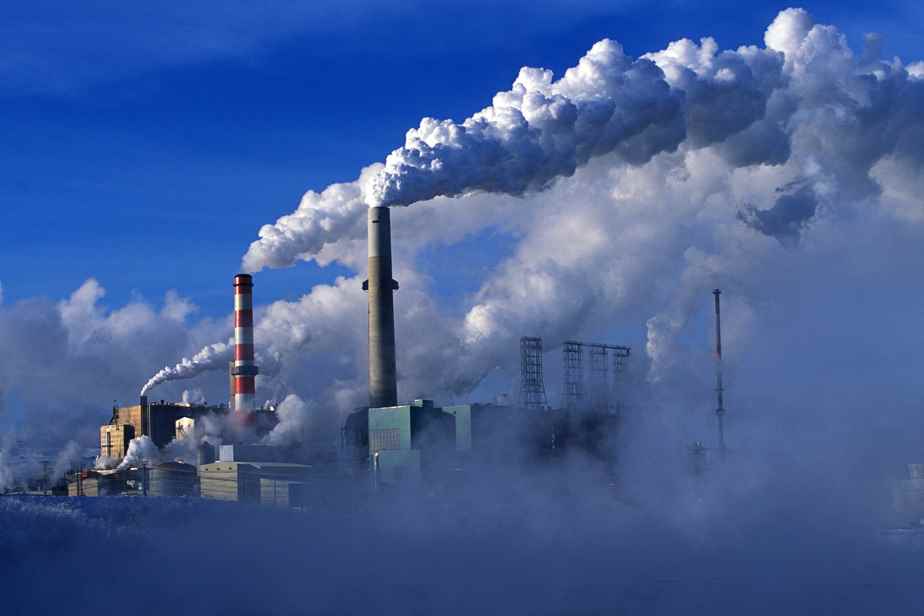(Ottawa) Canada is on the verge of a new national climate adaptation strategy, with the government aiming to eliminate deaths from heat and wildfires, protect homes and businesses most at risk from flooding and helping evacuees get home faster.
Emergency Preparedness Minister Bill Blair is due to announce the adaptation strategy and a plan to implement it on Thursday in Prince Edward Island. He will do so on behalf of Environment Minister Steven Guilbeault, who will be absent for personal reasons.
The government describes the document as a blueprint for identifying the dangers Canadians face, finding ways to reduce the risks and setting goals to achieve them.
Among the goals, the government wants to better inform Canadians about these risks, end heat-related deaths, and update the national disaster financial assistance program to include not only recovery after a major event, but also the reconstruction to withstand the next.
The government will also release a list of measures it intends to implement to help adapt, including new investments in the federal Disaster Mitigation and Adaptation Fund, and money to fight forest fires and produce more comprehensive flood maps for the whole country.
Before discussing the new documents, Mr. Blair and several other Liberal ministers and MPs will visit parts of Prince Edward Island that were devastated by post-tropical storm Fiona two months ago. This includes Red Head Harbor where a wharf was demolished. Another was lifted several meters by the storm surge and another disappeared completely.
The storm caused approximately $660 million in insured damage. By 2030, according to the federal government, extreme weather conditions could cause $15 billion in damage per year.
But that figure could be lower if Canadians adapt to the climate we face now, instead of continuing to live in a country built for the climate of the past.
“Our choices and the adaptation actions we take today will decide the fate of our communities, our livelihoods, the environment and the economy,” Minister Guilbault said in a statement released Wednesday.
Impacts across the country
This statement accompanied the release of an assessment of the climate impacts Canada’s North is already facing. The statement warns that in the North, where warming is occurring three times faster than the global average, “climate change is producing severe, and in many cases irreversible, changes to northern landscapes and ecosystems.”
This includes warming permafrost, invasion of shrubs in the tundra, changes in species distributions, and increased pests and fires.
Other regional assessments have already warned of everything from rising sea levels in the Atlantic, to more frequent heat waves in Quebec, to heavier rains in southern Ontario. In British Columbia, fires and floods may occur more often.
In the Prairies, climate change could upend entire ecosystems, transform the boreal forest into parklands and grasslands, and wipe out some mountain ecosystems altogether.
The inevitable warming
In climate change policy, mitigation is the word used to refer to actions aimed at reducing emissions of greenhouse gases that trap heat in the atmosphere, leading to global warming. Adaptation is the word used for actions that adjust our lives to the fact that the planet has already warmed.
Scientific assessments show that in 2016, Atlantic Canada was already 0.7 degrees Celsius warmer on average than in 1948. Quebec had warmed between 1 and 3 degrees Celsius depending on the region, and could warm by 3 an additional .5 degrees Celsius by 2050.
The adaptation strategy will include specific, measurable goals on everything from flood protection to expanding protected areas. But these targets are interim pending provincial and territorial approval.
The government will spend 90 days consulting with provinces and territories on the plan and targets, some of which fall under provincial jurisdiction.
